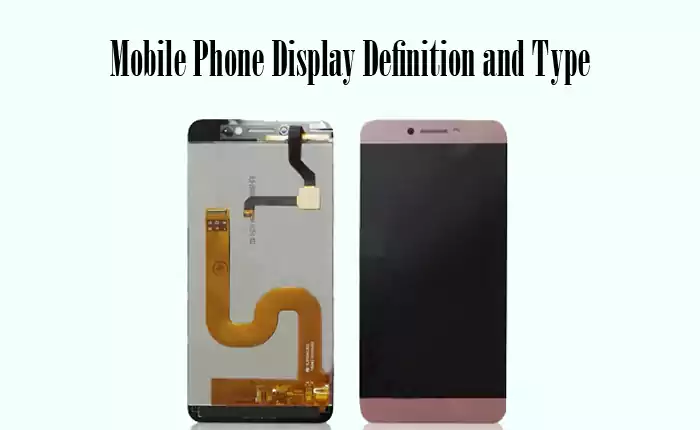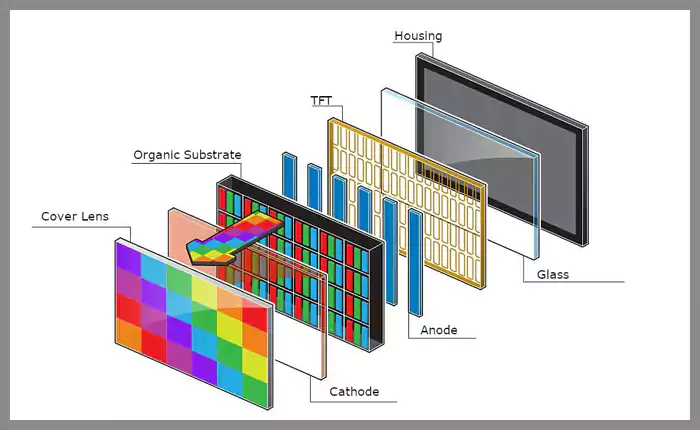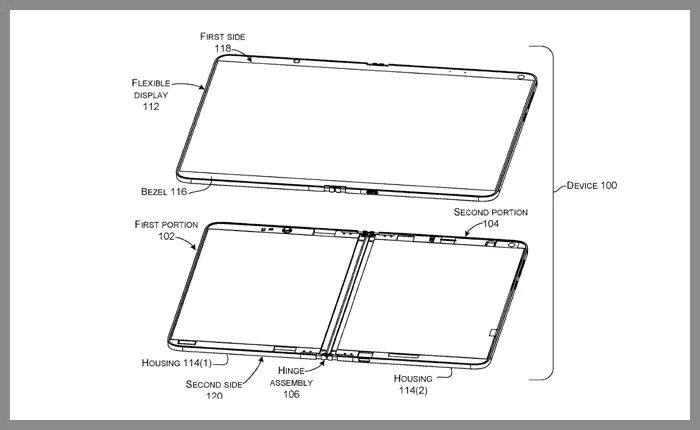Mobile Phone Display Definition and Type
A mobile phone display, often referred to simply as a screen, is an essential component of modern smartphones that serves as the interface between users and their devices. It is the medium through which users interact with apps, videos, images, texts, and various other forms of content. The quality, technology, and types of mobile phone displays have evolved significantly over the years, offering a range of options to cater to diverse user preferences and needs.

What is a Mobile Phone Display?
A phone display, also known as a screen or a touchscreen, is a visual output interface on a mobile device that presents information, images, videos, and interactive elements to the user. It is the primary means through which users interact with and consume content on their smartphones. Phone displays come in various sizes, technologies, and resolutions, and they play a crucial role in determining the overall user experience.
Phone displays use advanced technologies to render visual content, allowing users to perform tasks such as browsing the internet, watching videos, playing games, texting, and accessing various applications. The display technology influences factors like image quality, color accuracy, contrast, brightness, and power efficiency. As a result, display technology is a major consideration for both users and manufacturers when designing and choosing smartphones.
Phone displays have undergone significant advancements over the years, with improvements in resolution, color accuracy, refresh rates, and touch sensitivity. High-resolution displays offer crisper and more detailed visuals, while features like high refresh rates enhance the smoothness of animations and scrolling.
In essence, a phone display is a visual gateway to a smartphone, providing users with the means to interact with the device, access information, and enjoy various forms of digital content. As technology continues to evolve, phone displays are likely to become even more sophisticated, contributing to the ongoing enhancement of the mobile user experience.
Types of Mobile Phone Displays
LCD (Liquid Crystal Display):
LCD was one of the earliest display technologies used in mobile phones. It consists of a liquid crystal solution sandwiched between two layers of glass. The liquid crystals alter their alignment when subjected to an electric current, thus controlling the passage of light and producing the display image. While LCDs offer good color reproduction and visibility indoors, they might struggle with contrast and visibility in bright sunlight.
.webp)
AMOLED (Active Matrix Organic Light Emitting Diode):
AMOLED displays are a significant advancement over LCDs. They consist of organic compounds that emit light when an electric current is applied. Unlike LCDs, AMOLED screens do not require a backlight, resulting in deeper blacks, higher contrasts, and improved energy efficiency. AMOLED displays offer vibrant colors, better visibility in sunlight, and the ability to enable "always-on" features to display time and notifications in a low-power mode.
.webp)
Super AMOLED:
Super AMOLED is a further development of AMOLED technology. It integrates the touch sensor directly into the display, reducing the thickness of the screen and improving overall image quality. Samsung popularized this technology, and it's known for its vibrant colors, high resolution, and enhanced visibility.

OLED (Organic Light Emitting Diode):
OLED displays are similar to AMOLED but are used more broadly across various devices, including smartphones. They offer excellent color reproduction, faster response times, and flexibility, enabling unique form factors like foldable and rollable displays. OLED technology provides richer colors and better contrasts compared to LCDs.
.webp)
Retina Display (Apple):
Retina Display is a term coined by Apple to describe screens with pixel densities high enough that the individual pixels are not easily distinguishable by the human eye at a typical viewing distance. It's not a distinct technology but rather a marketing term. Retina Displays on iPhones offer exceptional clarity and sharpness.

E Ink (Electronic Ink) Display:
E Ink displays are primarily used in e-readers like the Amazon Kindle. These displays mimic the appearance of ink on paper, resulting in excellent readability even in direct sunlight. They are energy-efficient and are ideal for static content like reading books and displaying text-based information.
-Display.webp)
Foldable Displays:
Foldable displays are a recent innovation that allows screens to be bent or folded without damaging the display or affecting its functionality. These displays are typically based on OLED technology and offer users the flexibility to switch between a phone-sized screen and a tablet-sized screen, enhancing multitasking and content consumption.
